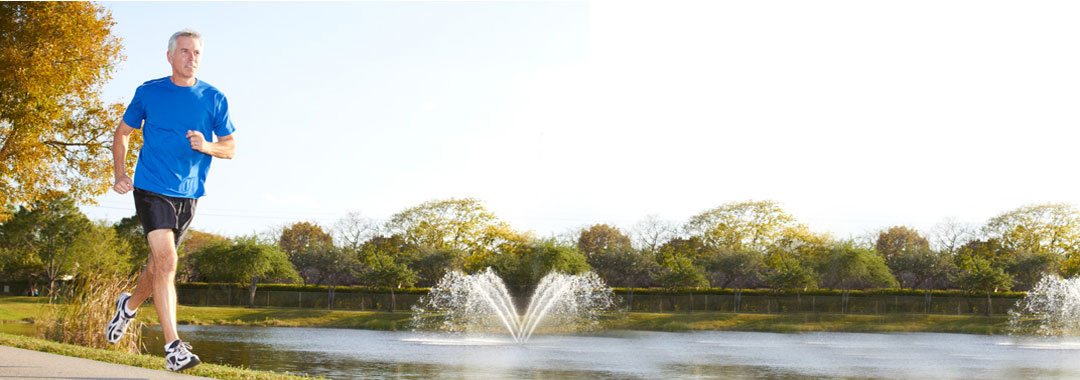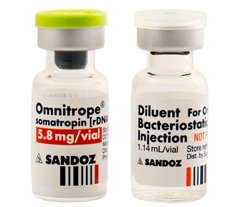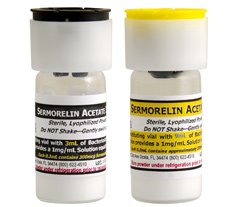How to Use HGH to Heal Injuries

HGH and steroids often go hand in hand when discussing sports and athletes accused of doping scandals, but it is time to separate the fact from the fiction and take a look at how to use HGH to heal injuries. HGH stands for human growth hormone, the biologically identical version of a chemical secreted by the pituitary gland called somatotropin (growth hormone). Although most people know it as the source of growth for children, it continues to help maintain strong muscles and bones throughout adulthood, as well as numerous other crucial functions that include collagen formation, metabolism, immunity, and brain functions.
The use of growth hormone to heal injuries has been widely documented, even to the point where Mark Cuban, the owner of the Dallas Mavericks has asked the NBA Board of Governors to consider letting injured players use HGH as part of their healing process during rehab. Since a study on this practice would be necessary, Cuban has even offered to fund the clinical studies and has received approval from the FDA to conduct a two-year exploratory study in conjunction with the University of Michigan MedSport clinic.
There are different ways to use HGH to treat injuries, including injecting it directly into the injured area, which is what Abdul-Karim al-Jabbar experienced after knee surgery when he was a Miami Dolphin. At that point, all of his cartilage and half of his meniscus were missing. This caused painful deformations in the joint. For two months, he received HGH injections directly into the joint every other week in the hope of regrowing the missing cartilage. While he was not able to return to football, the benefits he received from this treatment allowed him to remain active as a personal trainer, as well as run and jump as a recreational athlete.
HGH works by stimulating the production of insulin growth factor 1 by the liver. IGF-1, in turn, helps promote the effects of growth hormone, increasing bone density, collagen production, and cartilage formation. What HGH does not do is increase strength – except for individuals who use HGH therapy to combat the effects of GH deficiency on the body. In that instance, HGH rebuilds lost muscle and strength that occurred as growth hormone levels subsided.
Benefits of HGH for Healing and Immunity
The benefits of using HGH to heal injuries are still under study, and probably will be for at least the next decade before any clear action can be demonstrated. Because human growth hormone does aid in muscle protein synthesis, it could help improve connective tissue within the muscles. Whether this is only seen short term or if the effects will continue on a long term basis is also yet to be known.
Reports of injuries that should take months to heal but have recovered in a matter of weeks are easily found online. While HGH use has aided in the healing of bone fractures, its effects on tendon repair are not yet documented. Muscle atrophy is another reason why HGH has possible benefits for healing after injury. Athletes who undergo ACL surgery can lose up to 20 percent of their muscle in the days before going under the knife. HGH can help maintain and protect that muscle from loss.
Human growth hormone also strengthens the immune system, crucial for supporting the body during times of injury. The current ban on using HGH in sports is based on the fact that it can give an unfair advantage to a player, particularly in areas of speed. For the average person who receives a serious injury or fracture that could benefit from using HGH to treat injuries, it is vital to know that human growth hormone has not been approved for this use at this time.
Kingsberg Medical hormone specialists are available by phone to answer any questions about HGH therapy, and consultations to discuss personal situations are available at no charge.




















